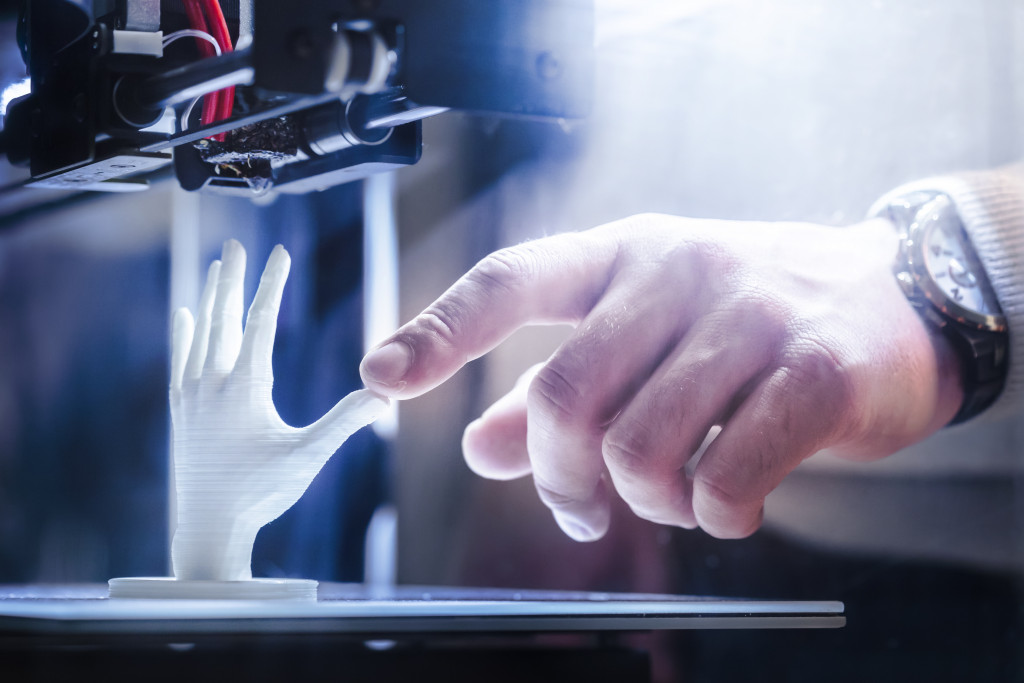Globally, 3D printing technology is spreading across the manufacturing industry. Despite this, a sizable portion of the general population is still ignorant of 3D printing and its presence in their everyday lives. Take hearing aids, for instance: most hearing aids produced nowadays are 3D printed. Another interesting use of 3D printing is in the automotive industry, as car manufacturers are creating prototypes and drafts of their innovations through 3D printing. In this article, we’re going to look at a couple more interesting 3D printing facts that you need to know and how they can affect our world in the future.
3D Printing for Prototyping
When 3D printing initially became popular, it was largely utilized for product prototyping. In reality, many organizations continue to use fast prototyping to save millions of dollars. Ford, for example, is already generating a huge number of car parts for product testing and prototyping through printing. This mode of production saves the major automotive manufacturer up to $493,000 in labor expenditures every month.
A product’s applicability should be at the forefront of quick prototyping considerations. Suppose a prototype must have the same cosmetic look as the final product. In that case, manufacturers may need to employ a higher resolution technology and material, or the prototype may need to be post-processed for aesthetics. Because of these factors, 3D printing opens up an entire world of ease when it comes to prototyping, greatly improving the development of items and reducing manufacturers’ hassles.
There are More 3D Printing Materials than Ever Before
You might be surprised by this 3D printing statistic: practically everything can now be 3D printed. Since the 1980s, several new 3D printing technology and materials have made their way into the mainstream market, including precious metals like silver, gold, and titanium, and even materials like ceramics and wood.

Another surprising fact is that these raw materials aren’t exclusive to industrial corporations or major manufacturers. Anyone may get these prints by uploading 3D designs to online 3D printing services. The 3D printing community is constantly improving and evolving, and its community members are working hard to push its limits. Different types of resins for engineering and manufacturing are also now being made available for 3D printing, and we can expect more materials to follow in the future.
An Uncommon Fact: 3D Printing is Older than the Internet
When Tim Berners Lee invented the World Wide Web in 1989, it was intended to be a method of sharing and interconnecting information remotely through the use of a virtual space. This ushered an era of technological improvements, eventually digitizing many operations and processes traditionally done in a “hard” format such as paper. The world today is completely reliant on the Internet, as most of its important information is stored in it. But here’s an interesting trivia: 3D Systems’ Chuck Hull created the foundation for today’s 3D printers in 1986, years before Berners Lee created his first internet application.
The first 3D printing technology was presented in a study paper by a member of Nagoya Municipal Industrial Study Institute named Hideo Kodama in 1981.
However, its true development started on the other side of the globe, with Chuck Hull successfully showing a fully-functioning “Rapid Prototyping system” that generated tangible three-dimensional items from a digital render. His apparatus was known as the Stereolithography Apparatus, and it was the first to use SLA technology, which is now widely used in 3D printers.
The Future of 3D Printing
There’s no denying that 3D printing seems like it will play an even more important role in the future of our civilization. Many industry experts predict that manufacturing will improve leaps and bounds because of this technology and the development of even more supplementary technology. 3D printers of the future are expected to be able to produce items in a span of minutes (contrasted to the hours it takes to produce larger objects today), which means that developers can build larger and more complex items.
Other ways in which 3D printers will boost flexibility include the ability to use many materials within the same machine, such as metal, wood, plastics, and ceramics. 3D printing technology will eventually be able to print a single item made out of many materials at the same time, allowing for a far broader range of applications. 3D printing is making leaps and bounds in making science and development more accessible and efficient. Eventually, it will be able to effectively create regular day-to-day items, making even the rarest of commodities accessible.




